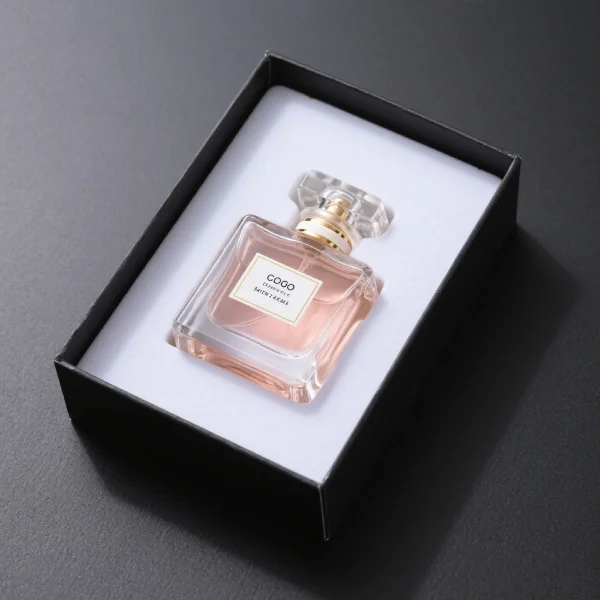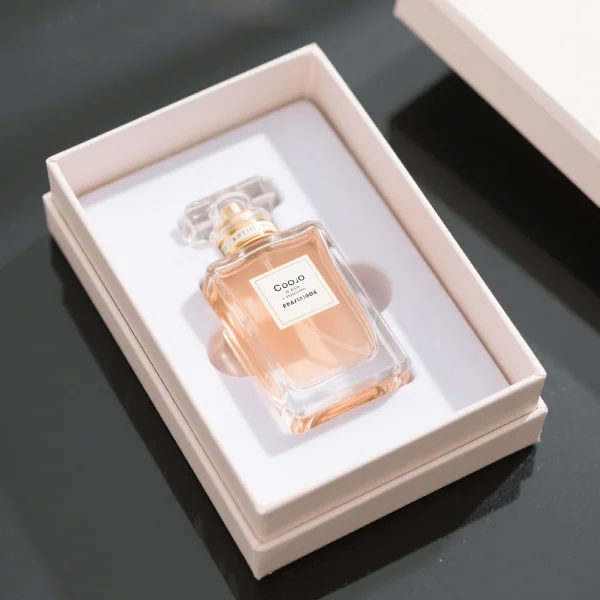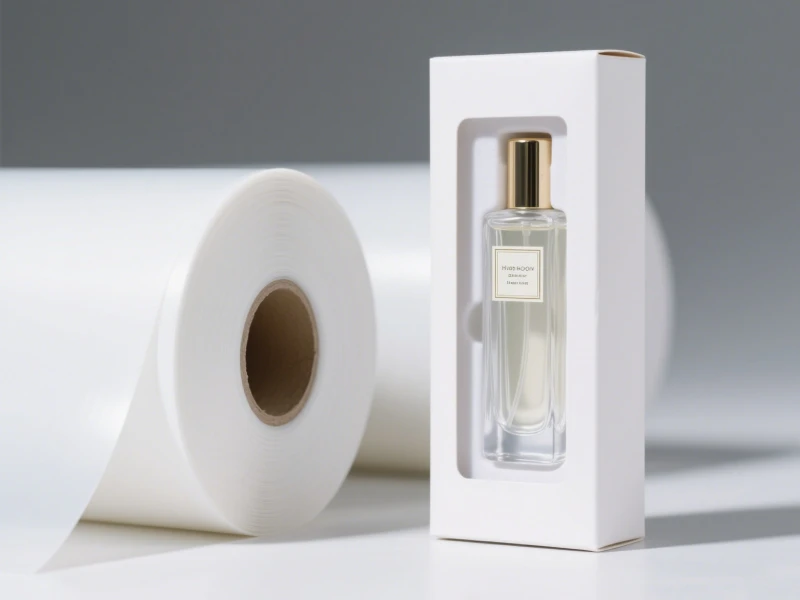Why choose PS plastic sheet for perfume bottle packaging?
Core advantages of PS plastic sheet
| Features | Adaptability to perfume packaging | Compared with other materials (such as PP/PET) |
| High transparency | Transmittance> 90%, perfectly displaying the exquisite design of perfume bottles and enhancing shelf appeal. | Better than PP (translucent), close to PET but lower cost. |
| Rigidity strength | High compressive strength (50-80MPa), protecting glass bottles from vibration and shattering during transportation. | Harder than PE/PP, avoiding deformation of the lining and displacement of the bottle. |
| Easy processing | Low heat deformation temperature (70-90℃), fast blister molding (3-5 seconds/mold), and good yield> 95%. | Easier to mold than PET, and energy consumption is reduced by 30%. |
| Cost-effectiveness | The price of raw materials is 20%-30% lower than that of PET, which is suitable for mass production (such as luxury groups need millions of liners per year). | The overall cost is only 60% of PVC, and it is more environmentally friendly. |
| Chemical inertness | Does not react with alcohol-based perfumes to avoid contamination of contents (FDA/EC food contact certification). | Better than PVC (may release plasticizers). |
Deep adaptation of industry application scenarios
Protective design requirements
Buffer structure: Customize honeycomb or wavy linings through thermoforming process to disperse external impact forces (such as L’Oreal Group uses PS lining to reduce transportation damage rate to <0.5%).
Anti-scratch: PS surface hardness (Rockwell hardness M65-80) prevents scratches caused by friction between the bottle and the packaging box.


High-end brand presentation
Glossiness: PS reaches 85-90 GU (gloss unit) without treatment, and can be further improved to a mirror effect through coating (such as Dior J’adore perfume lining).
Customized modeling: supports complex geometric shapes (such as arc grooves to fix special-shaped bottles), and the design freedom is higher than pulp molding.
Environmental compliance trend
Recyclability: PS classification is marked as “6”, which is compatible with mainstream recycling channels and meets the “2025 Sustainable Packaging” goal of LVMH and other groups.
Lightweight: 1mm thick PS lining weighs only 15-20g, which is 50% lighter than traditional EVA foam and reduces logistics carbon emissions.
Key points for process realization
Sheet thickness selection
0.5-1.0mm: suitable for 30-100ml standard glass bottles (such as Chanel N°5).
1.2-2.0mm: for heavy bottles or multi-layer nesting designs (such as Baccarat crystal perfume sets).
Thermoforming technology optimization
Mold accuracy: ±0.1mm tolerance ensures accurate positioning of the bottle body (avoid shaking).
Demolding slope: Design a 1°-2° bevel to prevent thin-walled PS from sticking to the mold after cooling.

Surface treatment process
Antistatic coating: Reduce dust absorption (especially for matte bottle packaging).
Flocking attachment: Local flocking enhances the luxurious touch (such as Tom Ford’s private perfume series).
Limitations of alternative materials
| Material | Problem | PS solution |
| PET | High cost, higher molding temperature (120-150℃) | PS has the same transparency, and energy consumption is reduced by 25%. |
| PP | Insufficient rigidity, easy deformation, resulting in tilting of the bottle | PS compressive strength is increased by 2 times. |
| EVA foam | Opaque, difficult to display products; difficult to recycle | PS is 100% recyclable and has better visual performance. |
| Pulp molding | Easy to soften when exposed to liquids, not suitable for perfumes with high alcohol content | PS is completely resistant to alcohol penetration. |
PS plastic sheet has become the preferred material for perfume bottle lining with its comprehensive advantages of high transparency, strong protection, low cost and easy recycling. Future trends will focus on:
Development of bio-based PS: such as the renewable styrene monomer technology launched by TotalEnergies.
Thin-wall lightweighting: Reducing the thickness to 0.3mm without losing strength through nano-filling technology.
Relative News
- PULIXIN Successfully Ships PS Sheet for Seedling …
- Buy Food Grade PP Plastic Sheet Rolls from PULIXIN
- PET vs PS for Clear Plastic Packaging
- Why choose PETG sheets for medical packaging?
- Why PP Sheets Are Ideal for Disposable Food Conta…
- Why PET Sheet is the Ideal Material for Thermofor…
- Is PP Plastic Sheet the Best Material for Thermof…
- What Are the Different Types of Polypropylene She…
- Why choose PS plastic sheet for perfume bottle pa…
- The 37th China International Plastics and Rubber …
